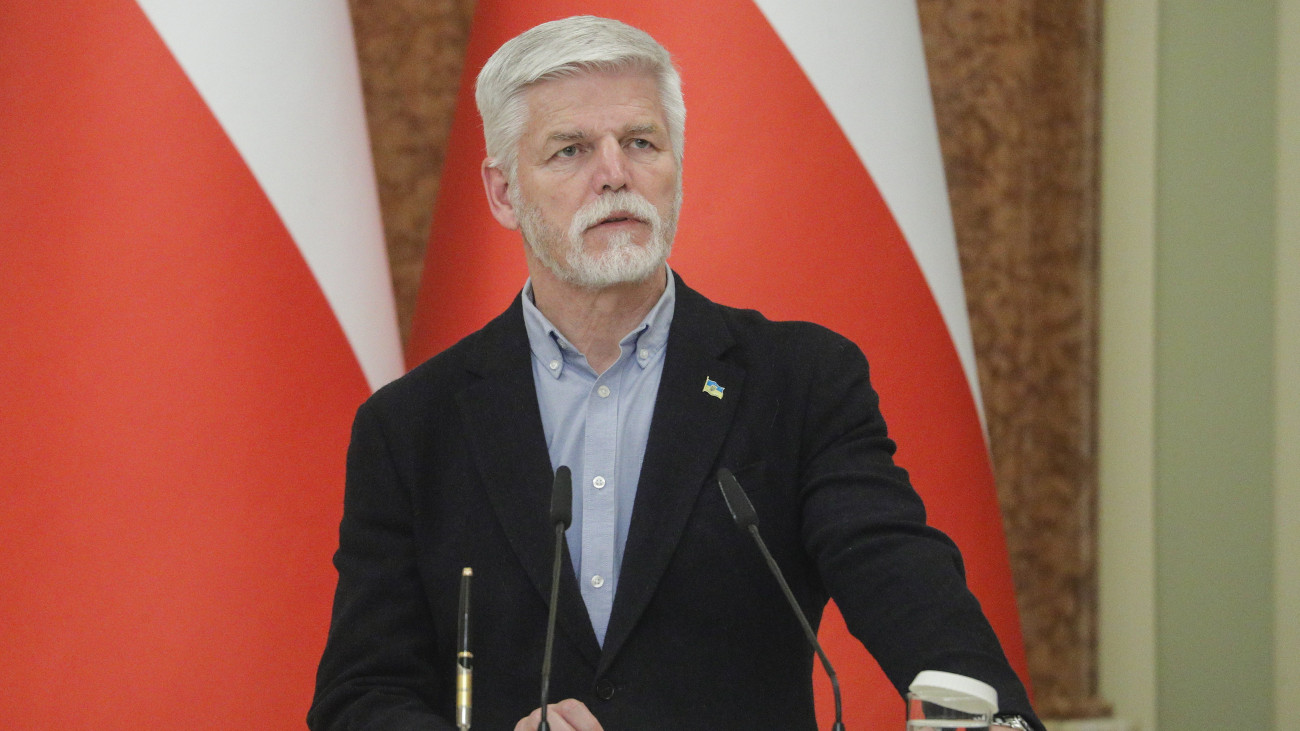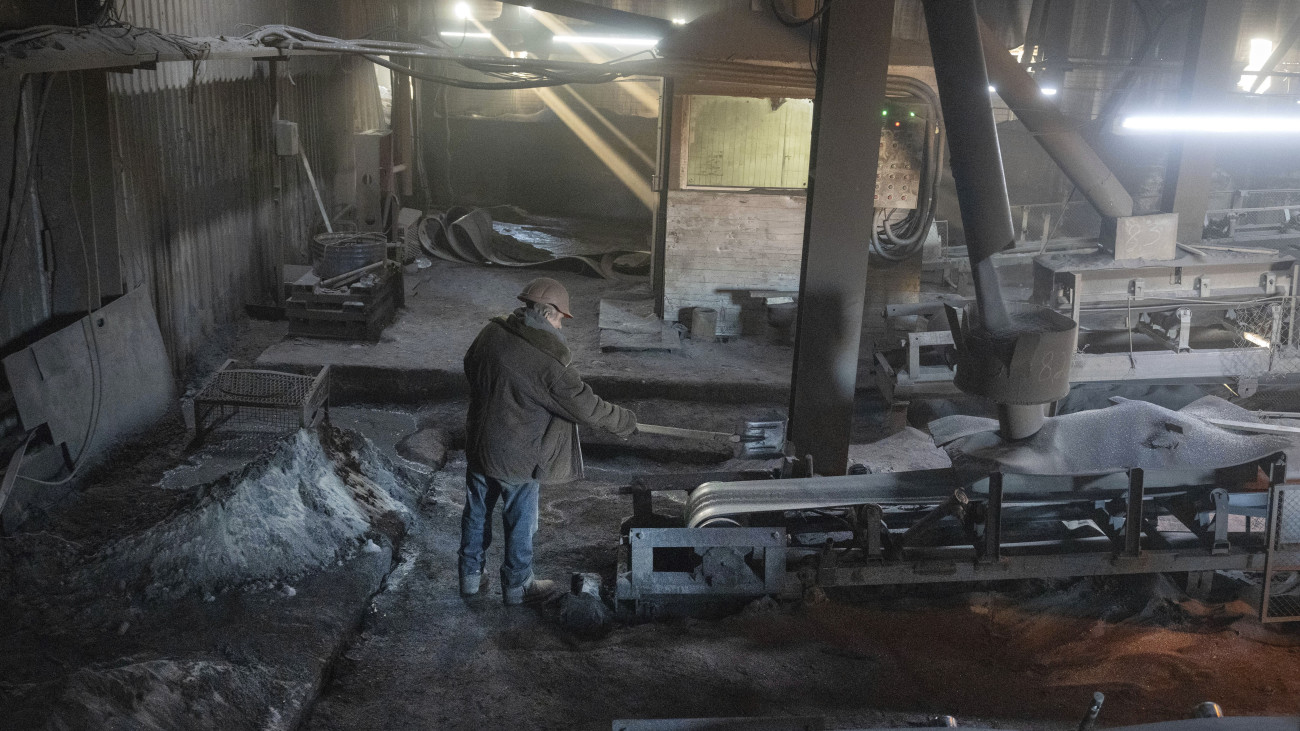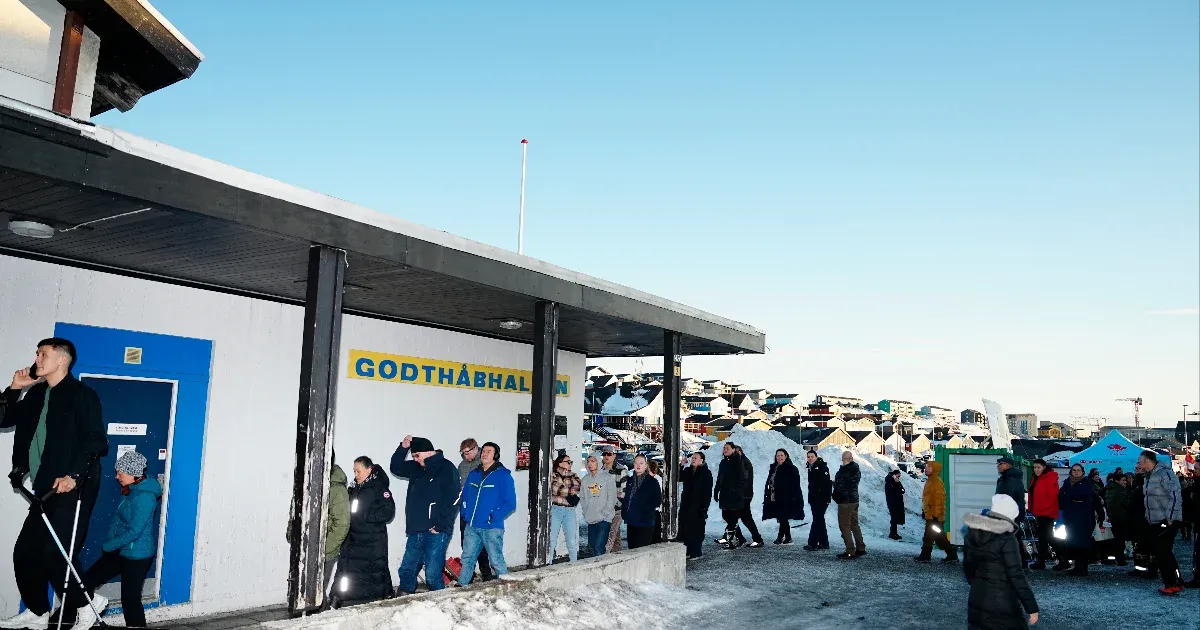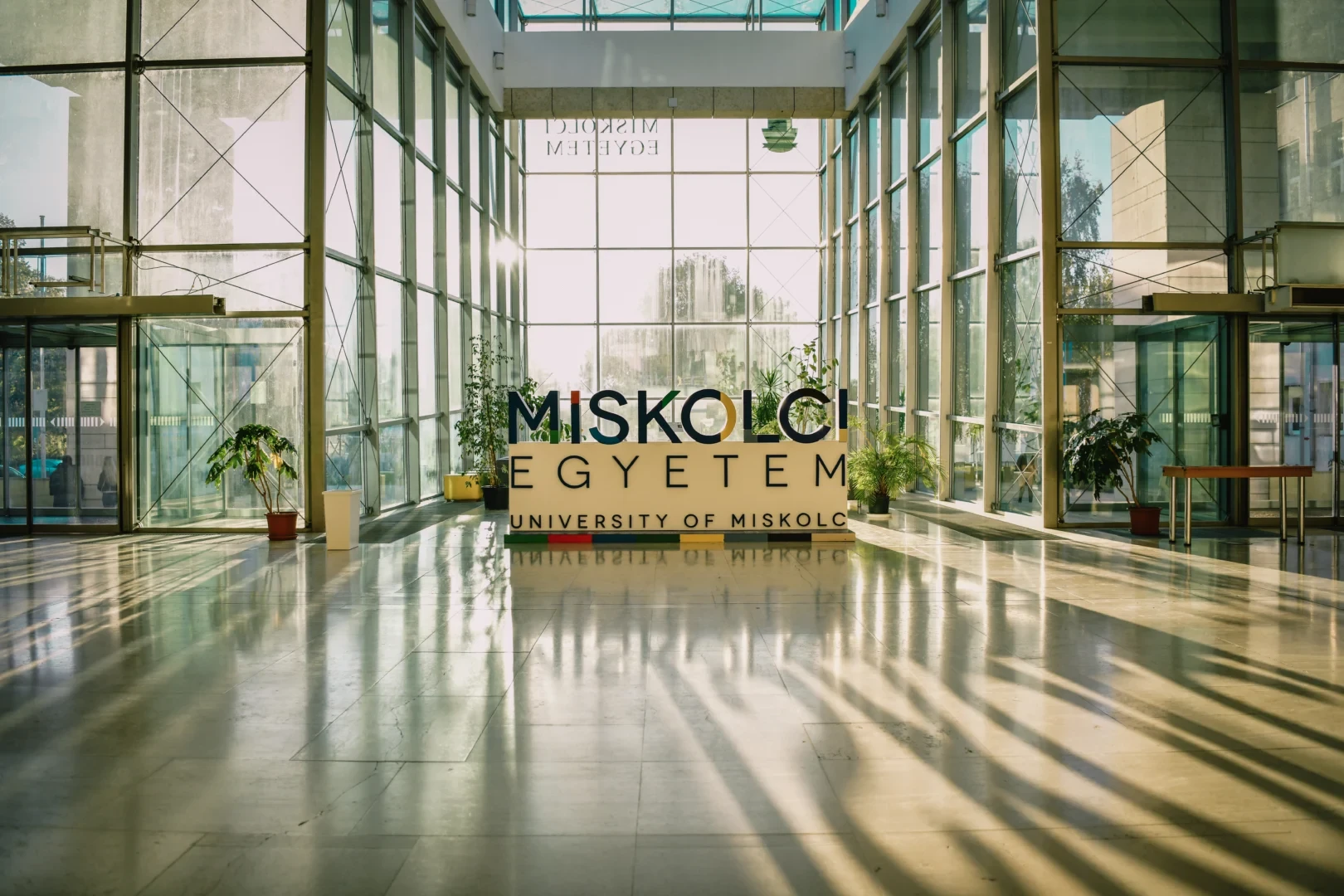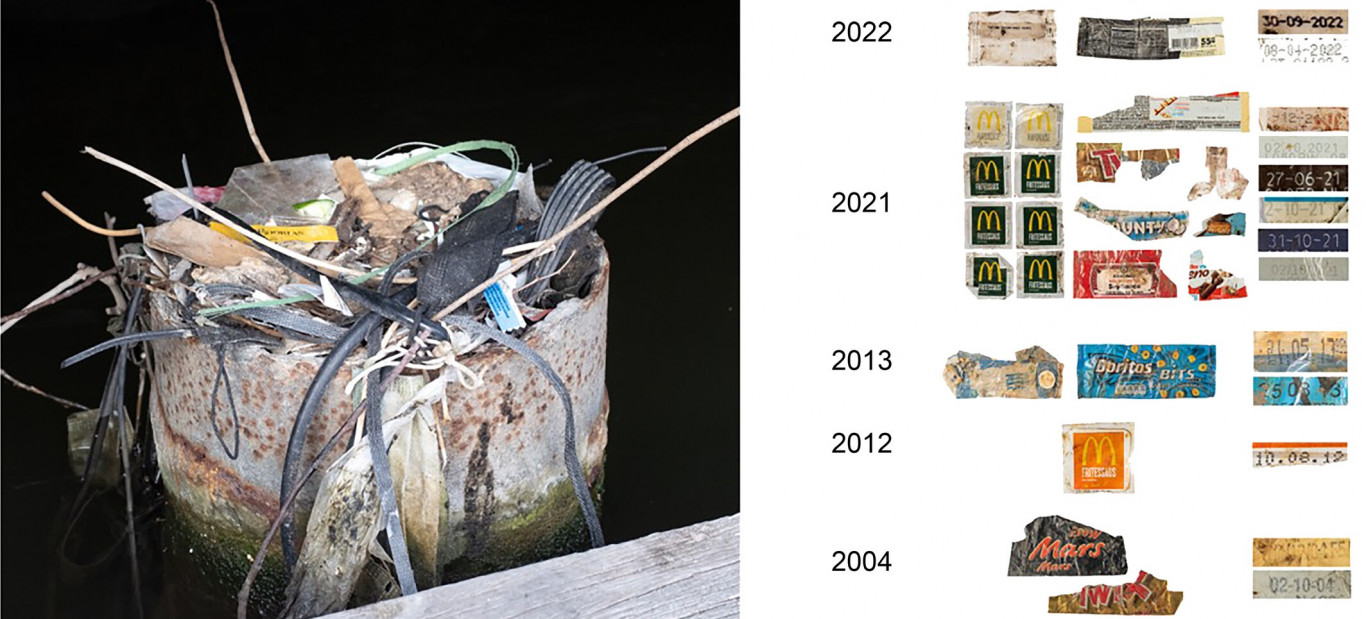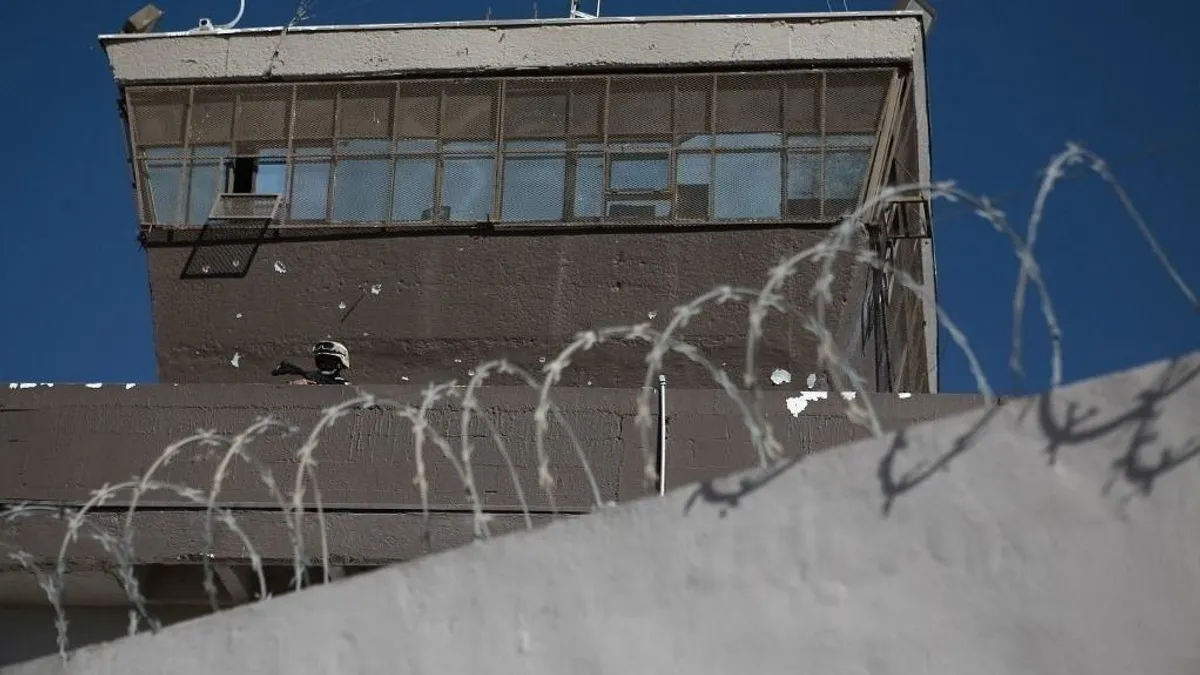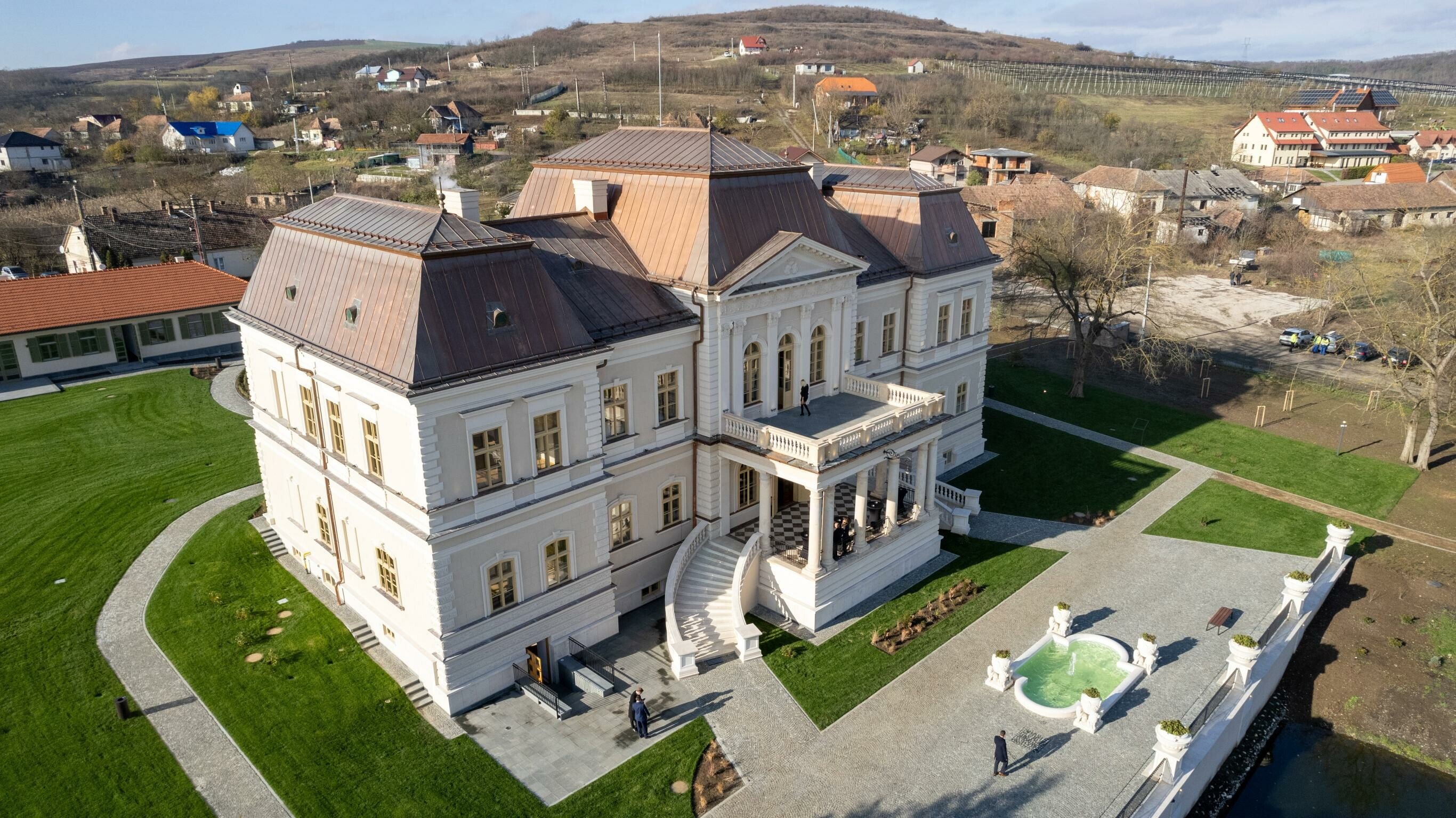Banffy Castle, restored with support from the European Union and the Cluj County Assembly, has been handed over to Vallaszot in Transylvania. The memorial building, located 25 kilometers from Cluj-Napoca, will serve as a cultural center as part of the tourist circuit, which has been restored over more than five years: in addition to the exterior facades and interior spaces, the castle garden has also been reconstructed. Restore.
The timber restoration work was carried out by wood restorers Arpad Rustas and Kassaba Bala, and experts included stone restorer Tibor Kolozzi and art historian Attila Weisz. The European Union supported the renovation of Banfi Castle with 20 million lei (1.5 billion Hungarian forints). The EU grant won in 2017 was supplemented by the Cluj County Autonomy from its own budget.
99 percent of the furniture in Transylvania’s castles was lost
It was revealed at the handover on Thursday that the main value of the castle is that it is one of the few noble residences in Transylvania, the interior of which has been completely preserved. In Transylvania, only churches preserved their original furnishings, and 99 percent of the castles were lost.
Another historical significance of the project is that Albert Wass, the Transylvanian writer, was born in this building in the Mezőség settlement in 1908, and whose numerous novels depict the villages, landscapes and inhabitants of Mezőség.
Architect Gutmann Szabolcs, who coordinated the planning and restoration work, said it was a miracle that the building’s precious wood cladding did not catch fire, and that the unique tile stoves given away at the Paris World Fair also remained intact. In addition, the basement has been saved as an event space.
They also made sure to preserve the wooden panels during the restoration
The courtyard and castle park were also restored, which is also uncommon in Transylvania, in fact, a real monument complex was opened for the first time in Cluj County. During the renovation process, the wooden panels covering the walls had to be removed one by one to restore the wall, and then they were installed again.
Architect László Tologdi told MTI that the biggest challenge was reconciling the details of the restoration process and achieving uniformity of the overall effect. The castle was originally used as a residential building, so they wanted to preserve its atmosphere by furnishing it with high-quality furniture.
The historically decorated tiled fireplace is one of the building’s outstanding treasures
Crossroads Castle served as the summer residence of one of Transylvania’s most important noble families, the Banffy. It acquired its present form in the second half of the nineteenth century, and its greatest value is the intact inner coverings.
The walls of the hall’s ground floor feature a Neo-Renaissance coving made of oak and elm.
The highlight of the dining room is the green glazed tiled fireplace, where bas-reliefs depicting important moments in Hungarian history can be seen on the two side walls.




